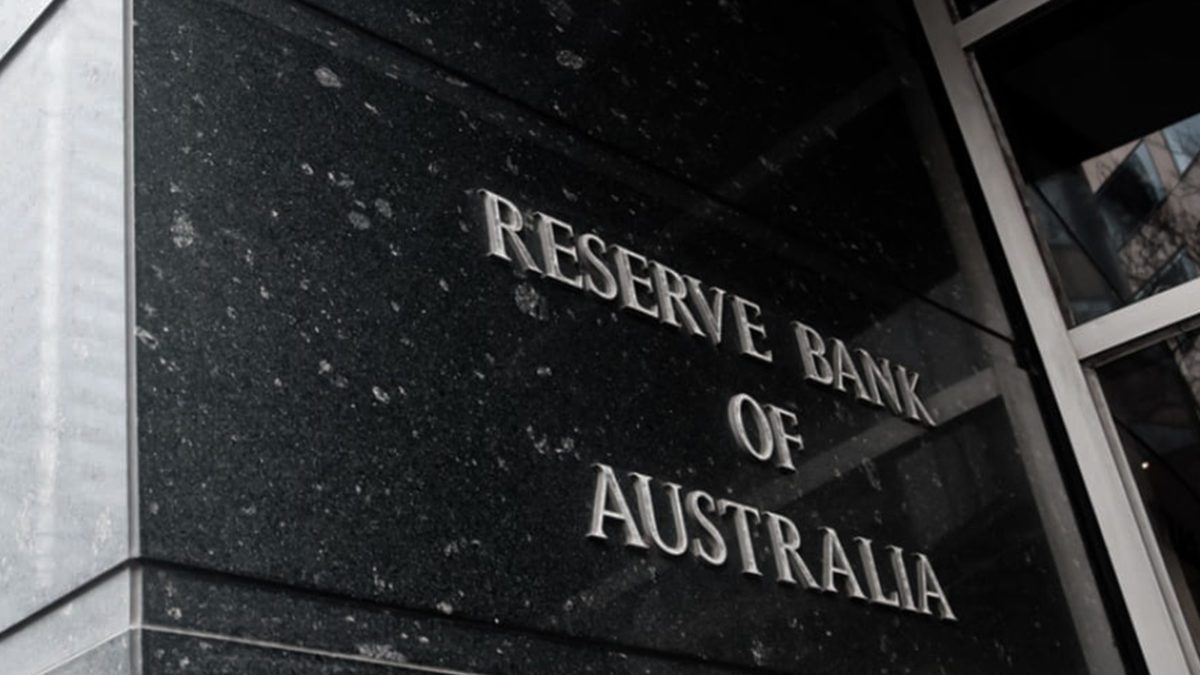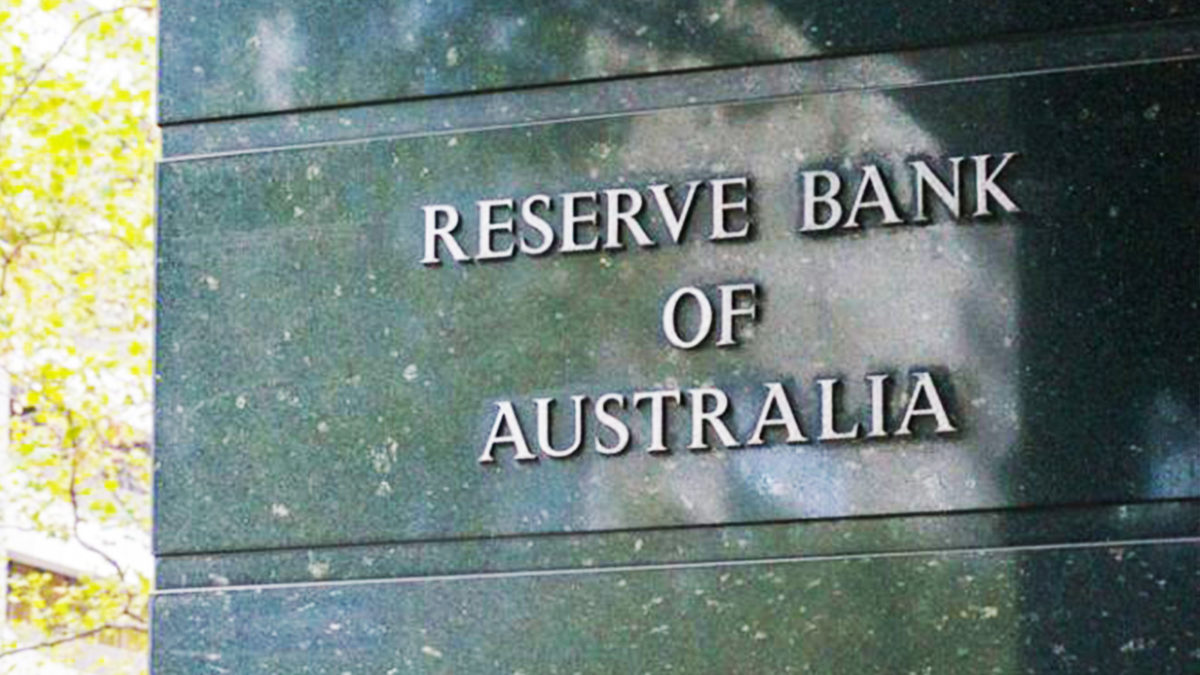-
Sort By
-
Newest
-
Newest
-
Oldest
The Reserve Bank of Australia’s forecast on rate rises was completely wrong. It’s time the RBA owned up and apologised to households.
Following the Reserve Bank of Australia’s decision to increase the cash rate by 50 basis point in June and July, a slowdown in the property market has been accelerated. According to some experts, shares in the big banks are vulnerable to a slowing housing market. But others say the big banks are undervalued and could benefit from expanding interest rate margins in the months ahead.
Strong labour figures will reassure the Reserve Bank of Australia that the economy is match fit to weather further increases in the cash rate. As long as households remain employed, the likelihood of mortgage stress remains extremely low – even if rising debt payments inflation is reducing purchasing power.
Here are five lessons every investor can take away from FY22.
It’s pretty much guaranteed that the RBA will keep lifting interest rates in a bid to curb inflation. So, what does that mean for the Australian property market?
Following the reopening of global markets post-Covid, there was a sudden change in macro-economic conditions caused by massive stimulus spending and supply constraints, and central bankers were caught asleep at the wheel while inflation surged in the background. Central bankers are now talking tough.
The Reserve Bank of Australia (RBA) increased interest rates on Tuesday by another 50 basis points, bringing the cash rate to 1.35 per cent as it attempts to rein in soaring inflation.
Australia has thus far remained relatively immune from the inflation challenge occurring around the world, but the 5.1 per cent CPI result in May was met with significant concern from the central bank. While the majority was explicable, being rolling impacts on energy, education and property costs from the pandemic, the Reserve Bank has responded in the same way as most of its global counterparts.
Last month’s higher than expected inflation reading confirmed what many had long feared. Australia is not immune to the rising price of goods as a result of massive stimulus efforts during the pandemic, higher energy prices, supply disruptions and labour shortages.
If there was one word to summarise the relationship between the big four banks and interest rates, it would be volatile. In March, the banks rallied after the Reserve Bank of Australia shifted its dovish rhetoric and signalled imminent rate rises to combat inflation. Now with the RBA acting on those increases by most recently passing a 50 basis point increase, big four shares are tumbling over themselves.











